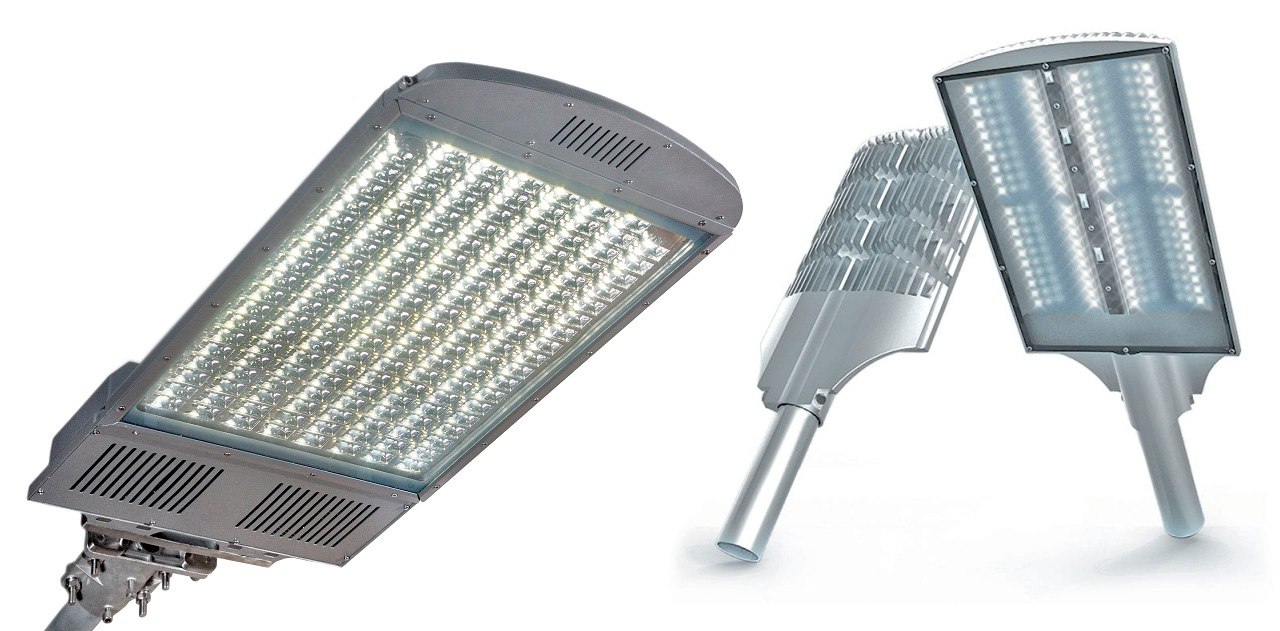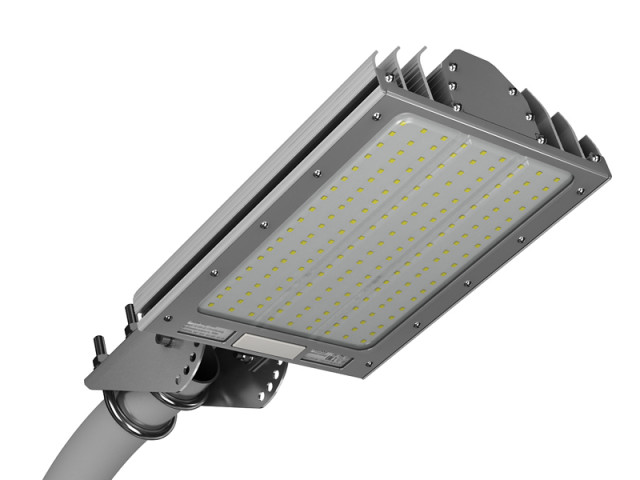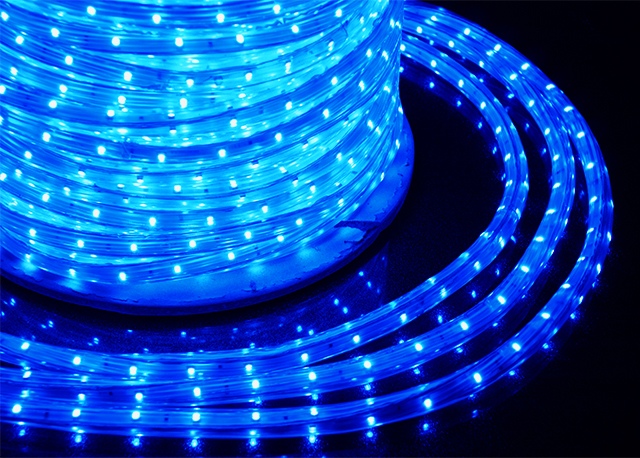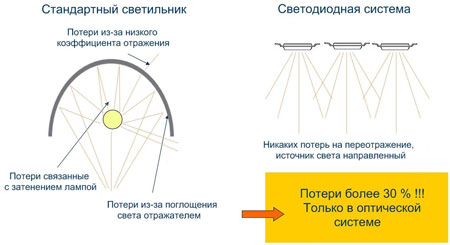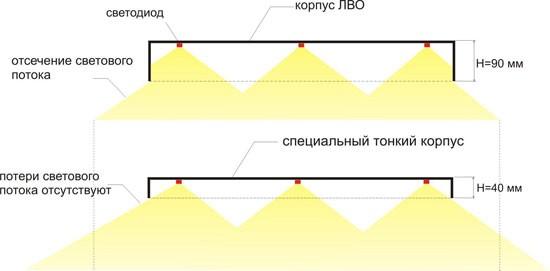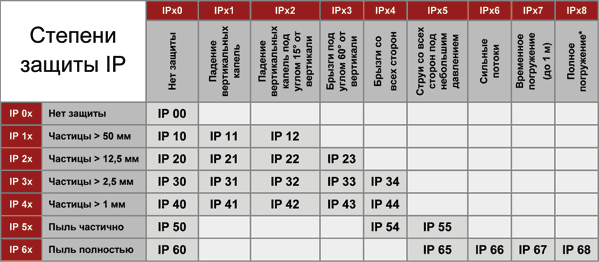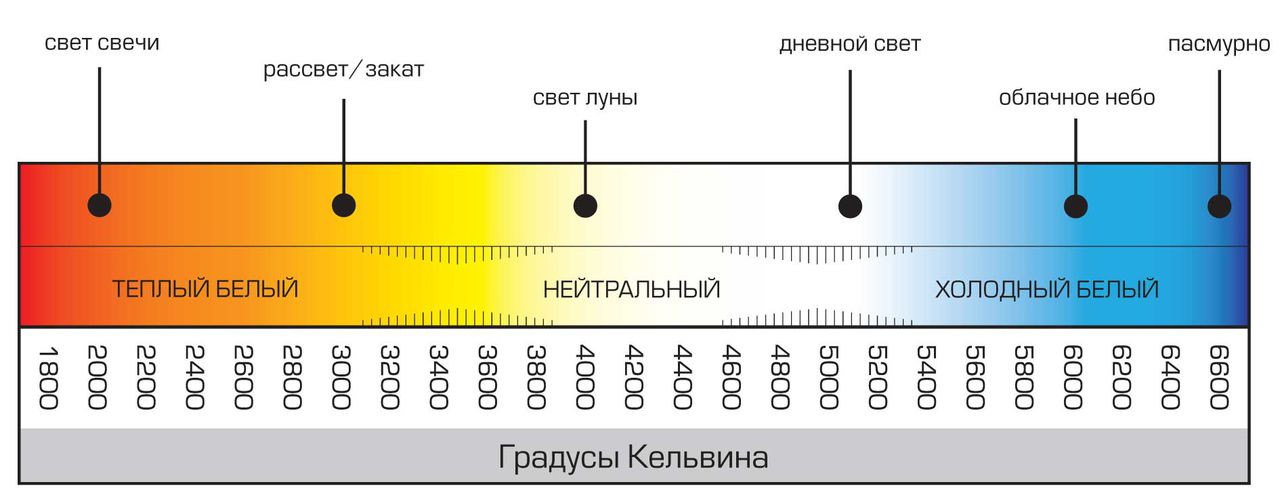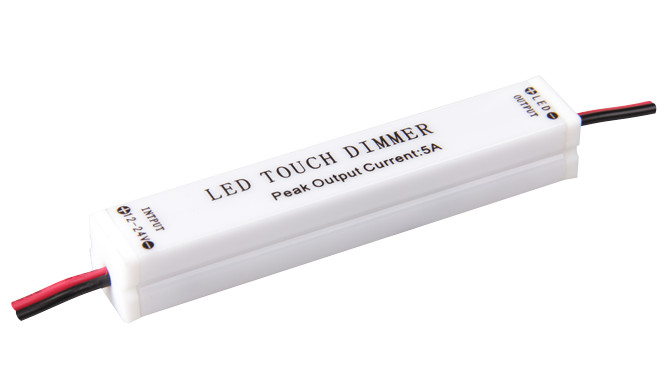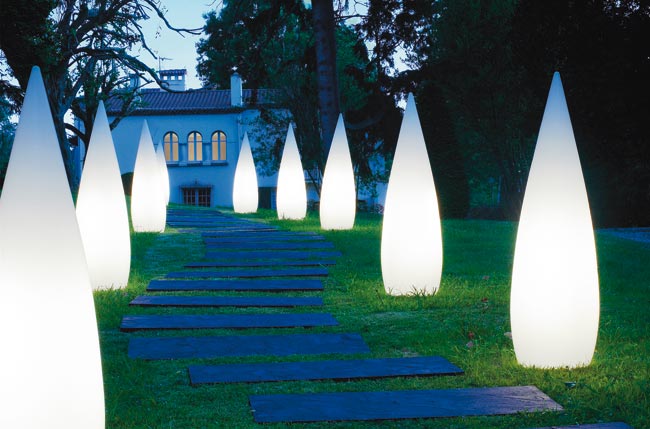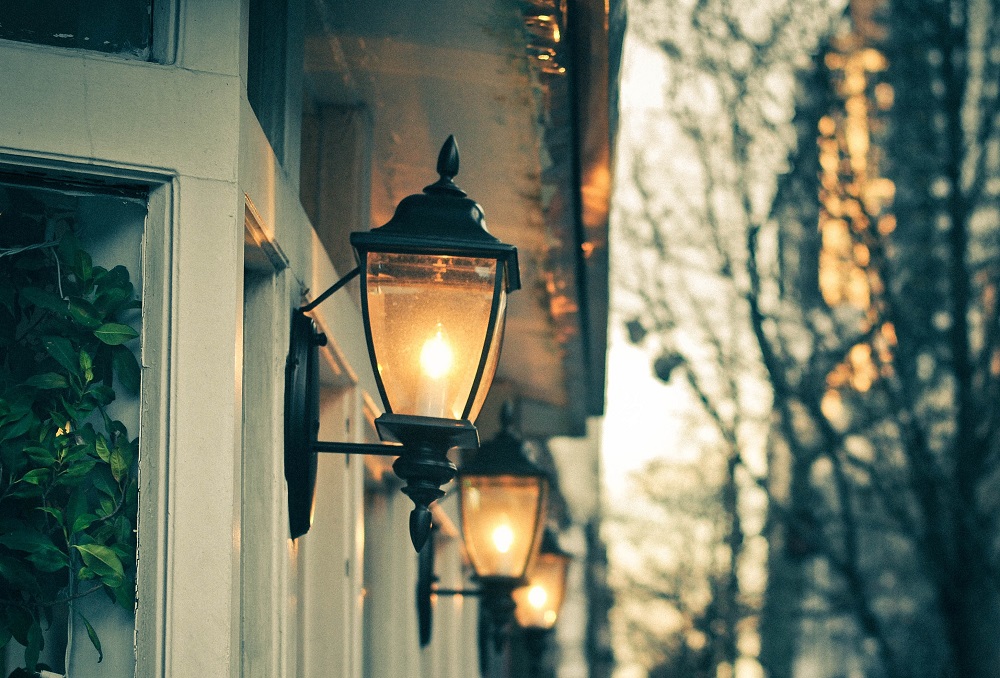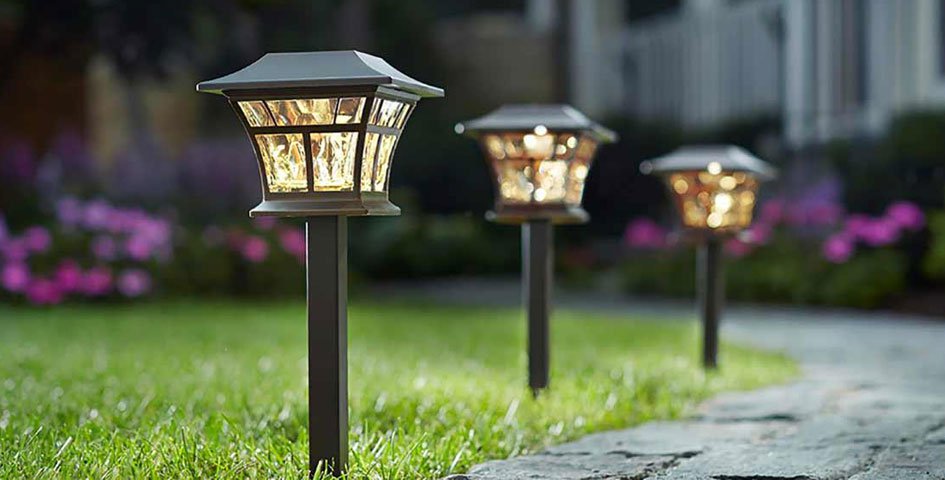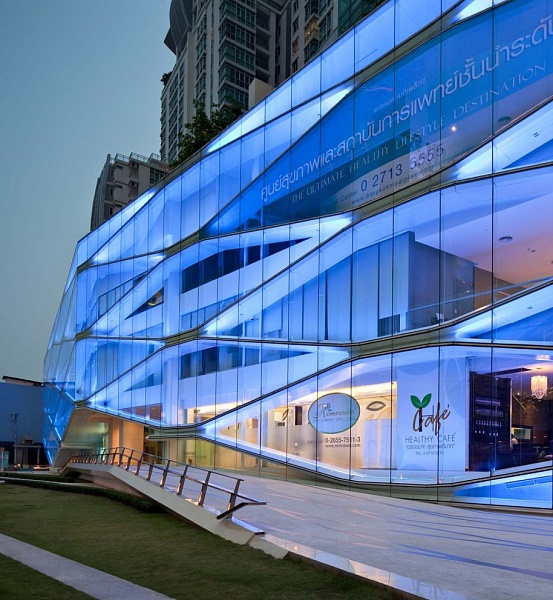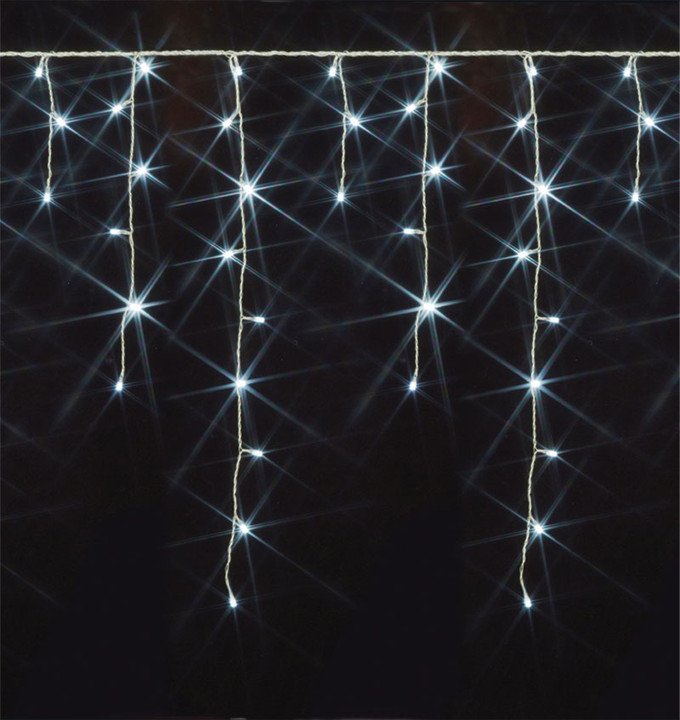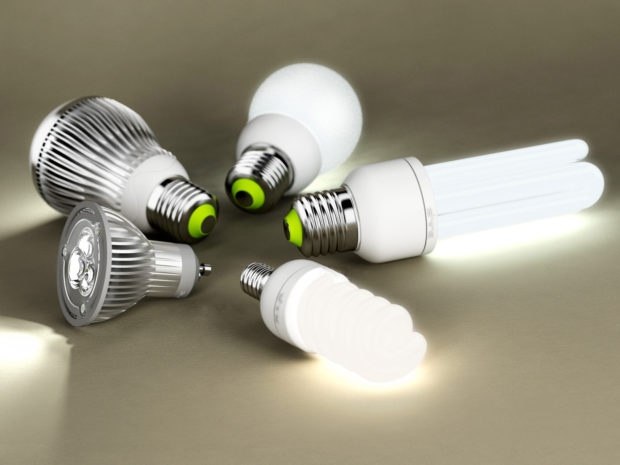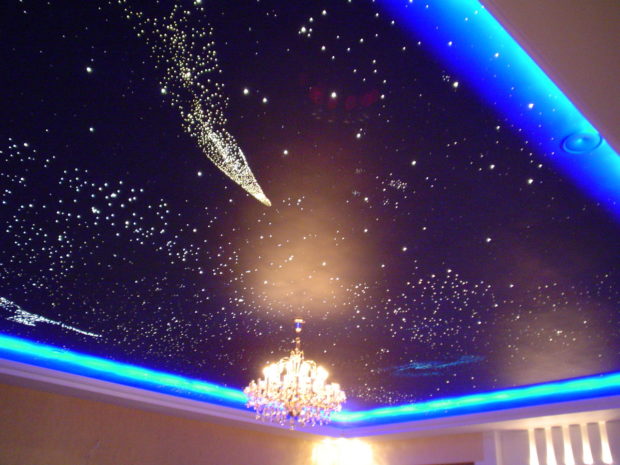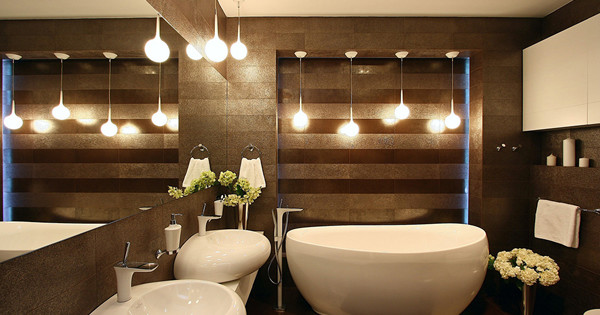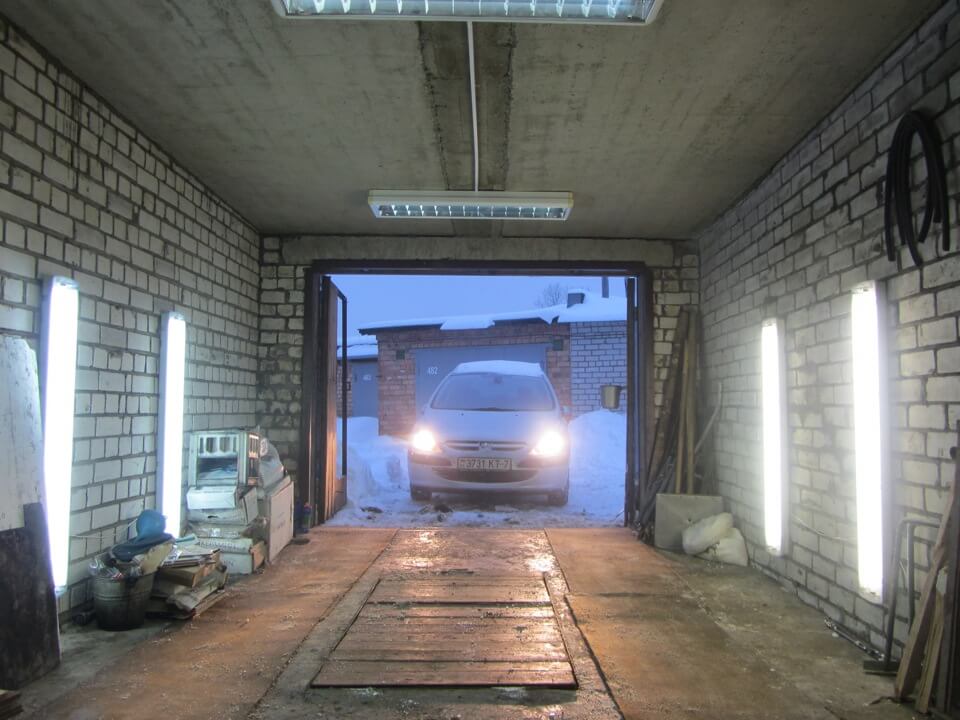8 tips for choosing LED street lights
Civilized countries are actively and universally implementing energy-saving technologies, without ignoring the issue of street lighting. In 2012, Austria and Germany already completely abandoned sodium lamps in favor of LED lamps. In domestic spaces, they are also actively displacing sodium and even halogen lamps, because with experience in using it comes to the understanding that they are actually the most economical, despite the initially high price. Due to the fact that this is still a relatively new type of lighting for our country, not everyone clearly understands how to choose a street LED lamp, and what properties it must have in order to be used to illuminate a suburban area, reservoir, public objects, squares or highways. We reveal the most important secrets of the right choice.
No. 1. Main advantages and disadvantages
Let's start with a few words about working principle LED street lights. In fact, these are independent devices, the case of which is unique and usually designed for a specific LED light source. Any such lamp consists of a base, a metal casing with vertical fins for efficient heat dissipation, a board with LEDs, a translucent hemisphere and a power converter, which is also called an electronic driver. The case is covered with protective paint. The operation is based on the principle of emission of light waves, which occurs as a result of an electrical impulse. Luminaires designed in this way are highly energy efficient. Street lights it is advisable to be located at an altitude of 4-11 m above ground level.
Benefits:
- low power consumption;
- high durability. On average, a lamp of this kind is designed for at least 50,000 hours of operation;
- unlimited resource on and off;
- structural strength and a high level of its protection against external negative environmental conditions, which is due to the structural features of the housing;
- wide range of operating temperatures (-40 ... + 450C), which allows the use of LED lamps in any climatic conditions;
- lighting comfort, because the lighting turns out to be contrasting, does not flicker, the devices themselves turn on and work silently, and the color rendering quality is excellent, which is especially important for lighting tracks;
- lack of heating and the ability to adjust the brightness of the light;
- no harmful effects on the environment, because such lamps do not contain mercury and other toxic substances, therefore, special conditions for their disposal will not be required;
- ease of installation.

disadvantages:
- high price, which scares off the purchase of LED lamps. It is worthwhile to make minimal calculations in order to understand that after 2-3 years such an acquisition will fully pay off, and the remaining 15-20 years of operation will save significant money on payments for electricity;
- sensitivity to high temperatures, so use them in baths, saunas and near heat sources it is impossible;
- over time, you can observe a decrease in the brightness of the light, but this directly depends on the quality of the heat sink, so it is better to trust only products from trusted manufacturers.
Until recently, some complained about white light that was not very comfortable for the eyes, but today almost all manufacturers produce LEDs whose light is fully adapted to the peculiarities of our vision. Again, we can advise you to pay attention only to the products of trusted companies, but we will talk about the largest manufacturers further.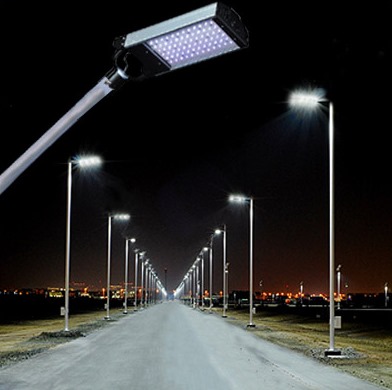
No. 2. LED fixtures for the intended purpose
Since the lighting requirements for different types of sites are different, manufacturers offer us LED lamps for various purposes:
- lighting. Designed for lighting outdoor areas, sidewalks, roads, courtyards;
- architectural. Used for decorative lighting building facades, monuments and other objects on which it is necessary to focus attention;
- landscape. They are used to illuminate trees and parkland, are widely used in summer cottages.

No. 3. LED lights by functionality
The principle of operation of the LED lamp described above is typical for typical spotlights and lamps, but LEDs can also be used as decorative lighting in duralumin, duralex and grids. Therefore, it is customary to divide LED lamps into such groups depending on functionality:
- floodlights used to illuminate more or less large areas. Large floodlights illuminate roads, sports complexes, building facades, more miniature lamps of this type are used in summer cottages and suburban areas to illuminate the territory and garden paths;

- lanterns give diffused light, are used for illumination of sidewalks, personal plots, squares and other territories;

- duralight - a transparent tube with many LEDs inside, the distance between which is 1.5-27.5 mm. Used for decorative contour lighting of buildings, as well as in landscape design for decorating trees. Some lamps of this type can give a constant glow, others - dynamic;

- duplex It is characterized by increased resistance to moisture and high flexibility, so they can even decorate areas around the pool and other bodies of water;
- ruler It looks like a flexible plastic tape on which LEDs are mounted in a vertical position. It is used for decoration of buildings, sometimes in advertising signs;

- grid represents a network in which nodes LEDs are fixed. It is pulled between the supports decorating thus the facades of buildings.
Number 4. LED lights by color radiation
LED street lights can emit light of different colors, but the most popular is precisely the white color, which is the most difficult to get. Today, there are some of the most common technologies for achieving white light:
- technology RGB involves the use of blue, green and red LEDs in the substrate. For each, such a value of the transmitted current is selected that the total radiation has the necessary color. The radiation is mixed using an optical system. Technology plus is the power of the light ceiling, minus is the property of light to “float” over time. Using this technology, it is easy to get light of almost any color and even dynamic lighting;
- technology for mixing radiation of three phosphors (red, blue and green), which are excited when exposed to ultraviolet radiation from the LED. Such lamps are cheaper than others, but relatively quickly fail;
- application technology for the blue LED yellow phosphor.
No. 5. LED lamp protection class
The body of the LED lamp is usually quite strong and resistant to negative environmental influences, but still the level of protection can be different, and you need to choose it based on the expected operating conditions. Each lamp is characterized by a certain class, which is given on the basis of the standard for protecting electrical equipment from external factors IEC-952. The marking looks approximately like this: IP68, where the first digit (from 0 to 6) means resistance to ingress of solid particles, and the second (from 0 to 8) - to the ingress of moisture drops. All data in the table below.
Studying the table, we conclude that for installation on the territory of a personal plot it is better to choose a lamp protection class IP64, and to illuminate the area around the pool it is better to choose - IP66.
No. 6. Power and Luminous Flux
Different territories require different levels of illumination. When planning the lighting system for critical areas (highways, stadiums, etc.), serious work is being done to calculate the required luminous flux, the number of lamps and their luminous efficiency. Surface illumination measured in lux (lux) with a special device - a luxometer. For example, a full moon in clear weather gives 0.2 lx of illumination, and 300 lx of lighting is enough for painstaking jewelry work. To understand what level of illumination is needed in each particular case, you can follow SNiP 23-05-2010 "Natural and artificial lighting", which sets out the requirements for different objects. For example, for pedestrian streets this is 6 lx, playgrounds - 10 lx, and for utility sites - 2 lx. Accordingly, street LED lighting should provide a given level, but it is better to immediately take lamps with a margin, as luminous flux decreases over time.
The concept of lighting is closely related luminous fluxexpressed in lumens (lm). This is the amount of light power that a light source emits. The higher the luminous flux, the higher the level of illumination of the territory - these values are proportionally dependent. Illumination at a facility of 1 m2 when a luminous flux falls on it, 1 lm will equal 1 lx. When moving away from the light source, the illumination level decreases inversely with the square of the distance: if at a distance of 1 m from the lamp the illumination is 900 lux, then at a distance of 2 m the illumination will decrease by 4 times, and at a distance of 3 meters - by 9 times. 
To calculate the required luminous flux, not the simplest calculations are used, in which data on the required level of illumination of the surface, the illuminated area, the distance from the lamp to the surface are used and the angle of radiation of the light flux is taken into account. It is much easier to use special calculators for such calculations.
The characteristics for each lamp indicate not only the luminous flux in lm, but also light efficiency, which is the ratio of the emitted light to 1 W of power. LED lamp consume electricity much more economically than all its counterparts. To achieve a luminous flux of 7400 lm, for example, an LED lamp must have a power of 85 W, and the most economical sodium lamp - 185 W.
As for the luminous efficiency, expressed in lm / W, the larger the indicator, the more economical the lamp will be. The indicator usually ranges from 80 to 100 lm / W.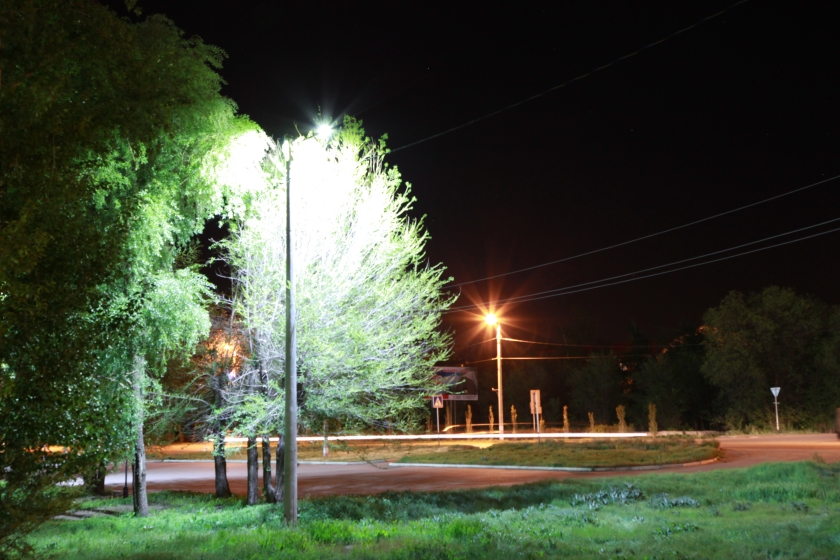
Number 7. What else to consider when choosing?
When choosing a street LED lamp also pay attention to the following parameters:
- life time. Manufacturers usually indicate a period of 50 to 100 thousand hours, but the exact value depends heavily on the temperature inside the case. The higher it is, the less the lamp will last, so you should pay attention to the efficiency of heat dissipation.Even if the lamp lasts a minimum of 50,000 hours and will only turn on in the dark (on average 10 hours a day), it will last for almost 14 years of operation;
- Colour temperature, as a rule, ranges from 3000 to 6000K and is selected depending on your own requirements and preferences;

- color rendering index it is unimportant for street lamps, but if it is necessary to illuminate especially critical objects where it is extremely important to preserve all colors precisely, then choose a lamp with a color rendering index of more than 90. All modern LED lamps have a value of this parameter at a level above 80;
- dimming capability. If you plan to adjust the brightness of street lighting, then pay attention to the lamp driver can understand and execute the dimmer commands;

- Operating temperature range. In this case, the minimum temperature parameter, which is lower than -40, is especially interesting.0C may not, but some manufacturers indicate both -55 and even -600C, misleading the buyer. By the way, this is a good marker of the company's integrity and honesty;
- integrated sensors Illumination, movement and noise can significantly save energy and turn on lighting only when it is really needed.
Number 8. LED Lighting Manufacturers
The number of manufacturers of LEDs and ready-made LED lamps increases in direct proportion to the growing popularity of technology. In order to guarantee a quality product, it is better to give preference to products of large companies. If the seller or manufacturer is reluctant to disclose the detailed characteristics of the LED, then there is no guarantee that after a couple of months of operation the luminous flux will not decrease by 50%, and the color temperature will not shift. Today you can trust some well-known foreign brands, as well as several domestic companies:
 Osram Opto Semiconductors - A German company with more than 40 years of experience, produces LEDs, semiconductor lasers, detectors and other products developed within the company. This is a true leader in innovation, and products have become the standard of quality;
Osram Opto Semiconductors - A German company with more than 40 years of experience, produces LEDs, semiconductor lasers, detectors and other products developed within the company. This is a true leader in innovation, and products have become the standard of quality;- Cree - An American company, which is considered to be the world market leader in the field of innovative solutions and LED production;
 Nichia - The Japanese company, which owns the large-scale discoveries that are used today in the manufacture of LEDs everywhere. All LEDs of the company have increased resistance to electrostatic breakdown (up to 1000 V), crystals of own production are used for the manufacture of LEDs;
Nichia - The Japanese company, which owns the large-scale discoveries that are used today in the manufacture of LEDs everywhere. All LEDs of the company have increased resistance to electrostatic breakdown (up to 1000 V), crystals of own production are used for the manufacture of LEDs;- Seoul semiconductors - A company from South Korea, whose production facilities are located in different countries of the world. It carries out a full production cycle: from growing crystals to manufacturing LED lamps. The quality is high, the price is lower than that of European and American counterparts;
 Philips-lumileds - One of the world leaders in the production of LEDs. It produces products under the LUXEON trademark; LEDs are distinguished by their small size, long service life, efficiency and a host of other advantages;
Philips-lumileds - One of the world leaders in the production of LEDs. It produces products under the LUXEON trademark; LEDs are distinguished by their small size, long service life, efficiency and a host of other advantages;- Samsung LED - A Korean company offering LEDs and ready-made LED lamps for street lighting. The products are notable for a good price-quality ratio;


